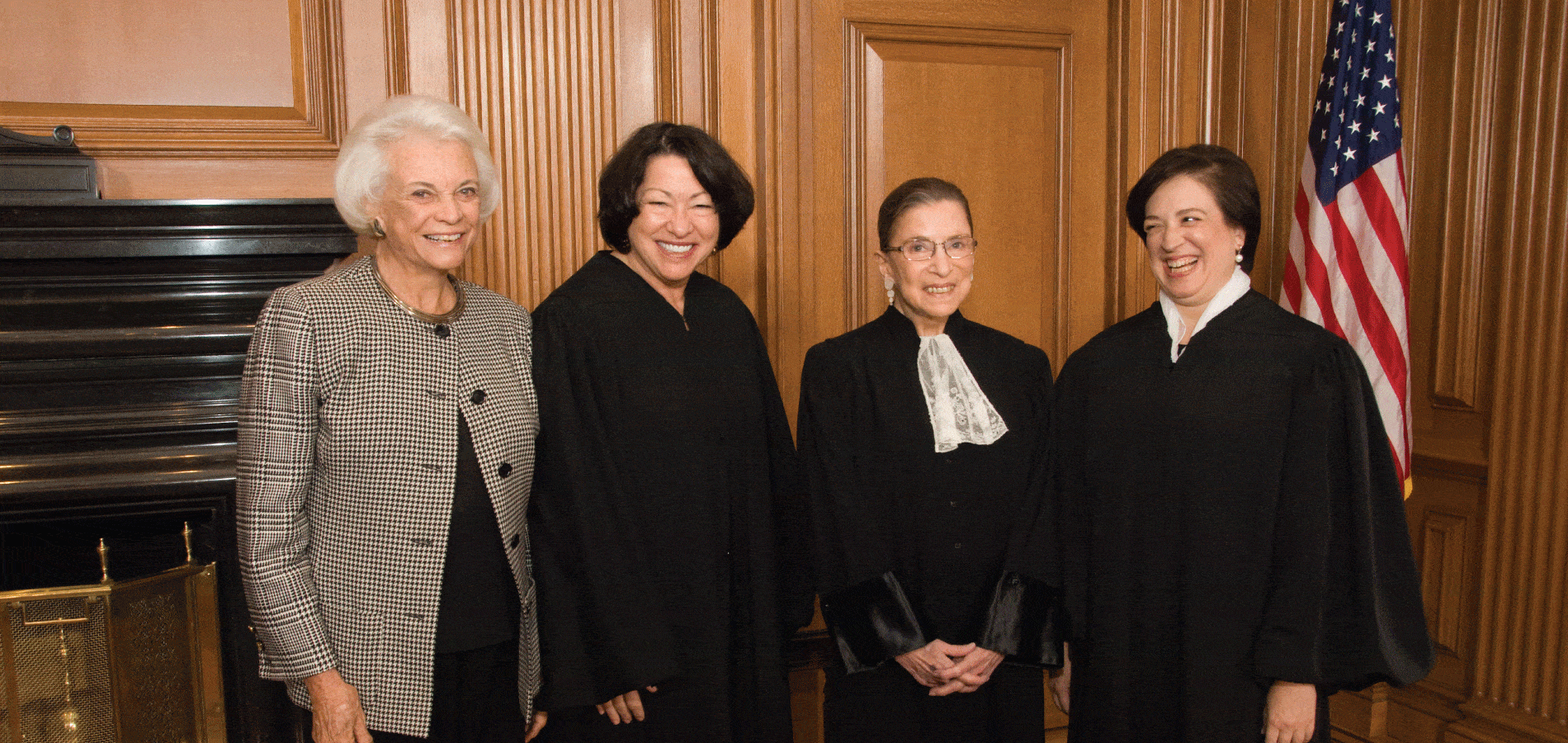A woman didn’t graduate from law school until 1870, when Ada Kepley graduated from Northwestern University’s Pritzker School of Law. Women didn’t serve as lawyers until 1896, when Arabella Mansfield was admitted to the Iowa bar. A woman didn’t serve on a federal court until 1928, when President Calvin Coolidge appointed Genevieve Rose Cline to the U.S. Customs Court. The legal field was dominated by men until well into the 20th century. In honor of Women’s History Month, we’re taking the opportunity to dive into HeinOnline and spotlight five women who broke down barriers and became trailblazers for women in law.
1. Jane Bolin
Jane Bolin was born in Poughkeepsie, New York in 1908. She enrolled at Wellesley College in Massachusetts, although she had first attempted to apply to Vassar College, but it did not accept Black students at the time. Bolin graduated with high marks and applied to Yale Law School—she became the first Black woman to graduate Yale[1]Anna Blackburne-Rigsby, Black Women Judges: The Historical Journey of Black Women to the Nation’s Highest Courts, 53 HOWARD L.J. 645 (2010). This article can be found in HeinOnline’s Law Journal Library. and to join the New York City Bar Association.
After practicing law with her father in Poughkeepsie for a while, she began a job with the New York City Corporation Counsel’s office. She ran unsuccessfully for New York State Assembly as a Republican in 1936, but her campaign made her a respected name in the New York political sphere. In 1939, Bolin was appointed as a judge of the New York City Domestic Relations Court.[2]Anna Blackburne-Rigsby, Black Women Judges: The Historical Journey of Black Women to the Nation’s Highest Courts, 53 HOWARD L.J. 645 (2010). This article can be found in HeinOnline’s Law Journal Library. For the next 20 years, she was the only Black female judge in America. She remained a judge of that court, which was renamed the Family Court, for four decades, until her retirement at 70 years old.
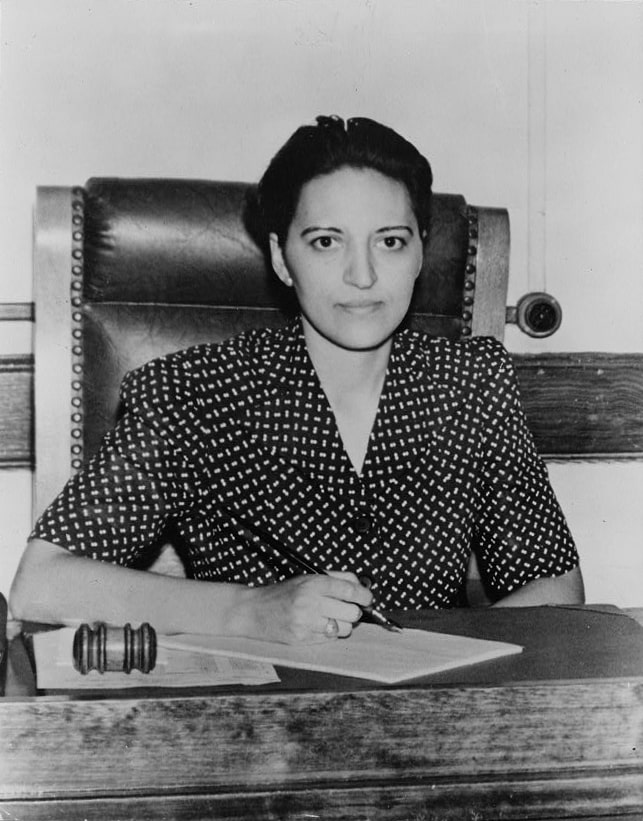
Throughout her career, Bolin worked in family court, advocating for the rights of minorities and children.[3]Patria Frias-Colon & Irwin Weiss, Judge Jane Bolin: Ahead of the Times, Part II: A Look at Her Child Support Cases, 55 FAM. L.Q. 281 (2021). This article can be found in HeinOnline’s Law Journal Library. Bolin served on the boards of the NAACP, the National Urban League, the City-Wide Citizens Committee on Harlem, and the Child Welfare League, while also serving as a legal advisor for the national Council of Negro Women.
I am always impatient with those who say ‘You women have come a long way.’ Since I am no gradualist, I think to myself that 150 years is too long a time to come a ‘long way’ in that those gains we have made were never graciously and generously granted. We have had to fight every inch of the way—in the face of sometimes insufferable humiliations.
2. Sandra Day O’Connor
Born in El Paso, Texas in 1930, Sandra Day O’Connor grew up on a cattle ranch. At 16, she enrolled at Stanford University and continued on to Stanford Law School, where she served on the Stanford Law Review.
After graduating, O’Connor struggled to find a position as an attorney at a time when women lawyers were not taken seriously. She did serve in a variety of political organizations, and from 1965 to 1969 she served as assistant Attorney General of Arizona. She was then appointed to fill a vacancy in the Arizona Senate, and she won the election for the seat the next year, eventually becoming the first woman to serve as a state majority leader.
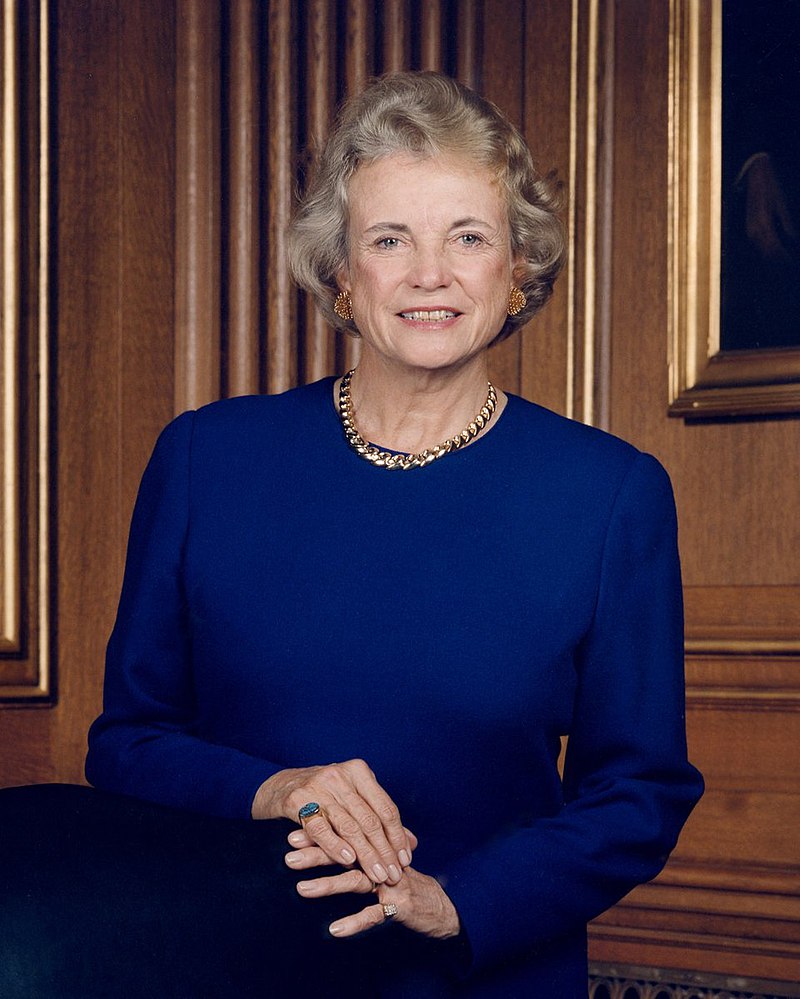
After serving on county, state, and federal courts, former president Ronald Reagan appointed O’Connor to the U.S.Supreme Court. During her tenure, she sided with both conservative and liberal members. She wrote or co-wrote majority opinions in several important cases, including Grutter v. Bollinger[4]Grutter v. Bollinger et al. , 539 U.S. 306, 395 (2003). This case can be found in HeinOnline’s U.S. Supreme Court Library. (affirmative action), Bush v. Gore[5]Bush et al. v. Gore et al. , 531 U.S. 98, 158 (2000). This case can be found in HeinOnline’s U.S. Supreme Court Library. (equal protection and due process), and Planned Parenthood v. Casey[6]Planned Parenthood of Southeastern Pennsylvania et al. v. Casey, Governor of Pennsylvania, et al, 505 U.S. 833, 1002 (1992). This case can be found in HeinOnline’s U.S. Supreme Court Library. (abortion rights). Read more about O’Connor and her legacy in this blog post.
As society sees what women can do, as women see what women can do, there will be more women out there doing things, and we’ll all be better off for it.
3. Sonia Sotomayor
Sonia Sotomayor is the first woman of color to serve on the U.S. Supreme Court. Born in the Bronx in 1954 to Puerto Rican parents, Sotomayor graduated from Princeton University and attended Yale Law School, where she was an editor at the Yale Law Journal. After working as an assistant district attorney and in private practice, she was nominated to the U.S. District Court for the Southern District of New York, becoming the youngest judge in the Southern District and first Hispanic federal judge in New York State. She was then nominated to the U.S. Court of Appeals for the Second Circuit, where she wrote about 380 opinions where she was in the majority. In 2009, former president Barack Obama nominated Sotomayor to the U.S. Supreme Court.[7]Tobe Liebert. Supreme Court of the U.S. Hearings and Reports on Successful and Unsuccessful Nominations of Supreme Court Justices by the Senate Judiciary Committee. This document can be found in HeinOnline’s History of Supreme Court … Continue reading
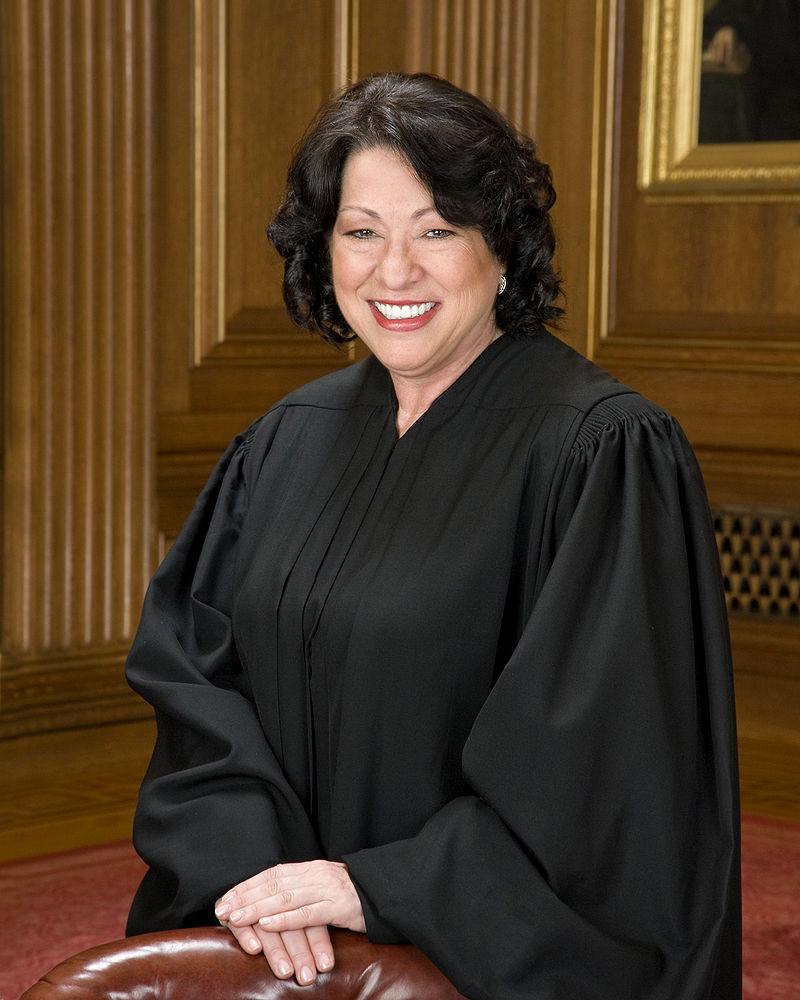
Historically, Sotomayor has voted liberally on issues involving race, gender, and ethnicity and has advocated for the rights of defendants—she wrote the majority opinion in J.D.B. v. North Carolina[8]J.D.B. v. North Carolina, 564 U.S. 261, 298 (2011). This case can be found in HeinOnline’s U.S. Supreme Court Library. which emphasized the importance of Miranda rights. She also wrote one of the dissenting opinions in Whole Woman’s Health v. Jackson,[9]21-463 U.S. Reports 1 (2021) Whole Woman’s Health et al. v. Jackson, Judge, District Court of Texas, 114th District, et al. This case can be found in HeinOnline’s U.S. Supreme Court Library. which tackled whether health care providers could challenge Texas’s SB 8 law, which prohibited abortion after six weeks and criminalized anyone who aids and abets abortions. Read more about Sotomayor and some of her notable cases in this blog post.
In every position that I’ve been in, there have been naysayers who don’t believe I’m qualified or who don’t believe I can do the work. And I feel a special responsibility to prove them wrong.
4. Loretta Lynch
As the first Black woman to serve as attorney general of the United States, Loretta Lynch made several notable decisions based on her commitment to civil rights, including to charge Charleston church shooter Dylann Roof with a hate crime and seek the death penalty (although some were angered that she didn’t push for terrorism charges),[10]Nathan Carpenter, The Ad Hoc Federal Crime of Terrorism: Why Congress Needs to Amend the Statute to Adequately Address Domestic Extremism, 92 ST. JOHN’s L. REV. 393 (2018). This article can be found in HeinOnline’s … Continue reading as well as to investigate the Chicago Police Department[11]Adam J. Smith, Police Reform through Section 1983, 43 N. ILL. U. L. REV. 51 (2022). This article can be found in HeinOnline’s Law Journal Library. for civil rights violations in the death of Laquan McDonald.
She was born in 1959 in Greensboro, North Carolina. She earned her undergraduate degree and her Juris Doctor from Harvard, where she was a member of the Harvard Legal Aid Bureau.
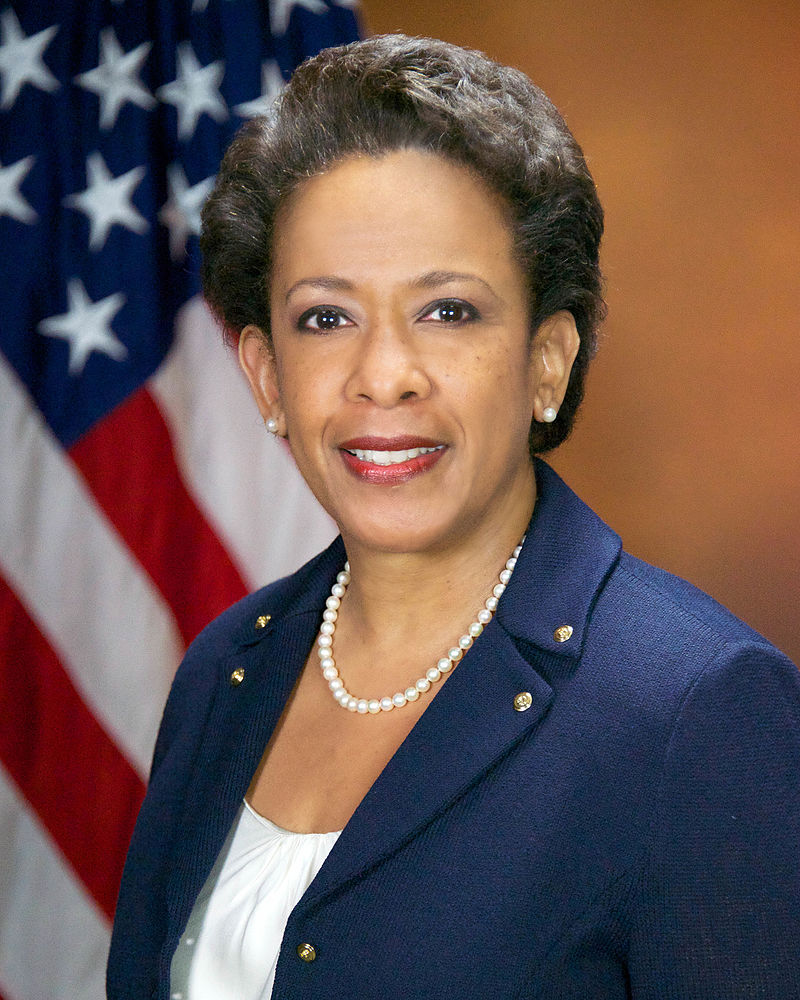
Initially, she began working as a litigation associate at a law firm before moving on to work in the U.S. Attorney’s office, working on political corruption cases. Additionally, when Eric Garner was killed by police in July 2014, Lynch met with his family to discuss potential federal prosecution of the officer. Former president Barack Obama nominated Lynch[12]I (2018) Confirmation Hearing on the Nomination of Hon. Loretta E. Lynch to Be Attorney General of the United Sates: Hearing before the Committee on the Judiciary, United States Senate, One Hundred Fourteenth Congress, First Session. This document … Continue reading for the U.S. Attorney General position in 2015. Her name was considered as a replacement for Supreme Court Justice Antonin Scalia when he died, but Lynch requested her name be removed from consideration. Today, she works in private practice at Paul, Weiss.
I think sometimes women face the very real risk of not being seen, and not being heard, and so that’s why I always tell young women, make yourself seen, and make yourself heard — this is your idea, this is your thought. Own it, express it, be the voice that people hear.
5. Ketanji Brown Jackson
In 2022, Judge Ketanji Brown Jackson became the first Black woman named to the U.S. Supreme Court. She was born in Washington, D.C. in 1970 and graduated from Harvard Law School, where she was a supervising editor of the Harvard Law Review. She began her career working in the United States District Court for the District of Massachusetts, and then the United States Court of Appeals for the First Circuit. She began working as an assistant federal public defender in 2005.
In 2009, President Barack Obama nominated Jackson as vice chair of the United States Sentencing Commission.[13]152 J. Exec. Proc. S. U.S. 25 (2010). This document can be found in HeinOnline’s U.S. Congressional Documents database. In this position, she worked on reducing sentences for non-violent drug crimes. She then served as a U.S. district judge, and eventually replaced Judge Merrick Garland and was appointed to the United States Court of Appeals.
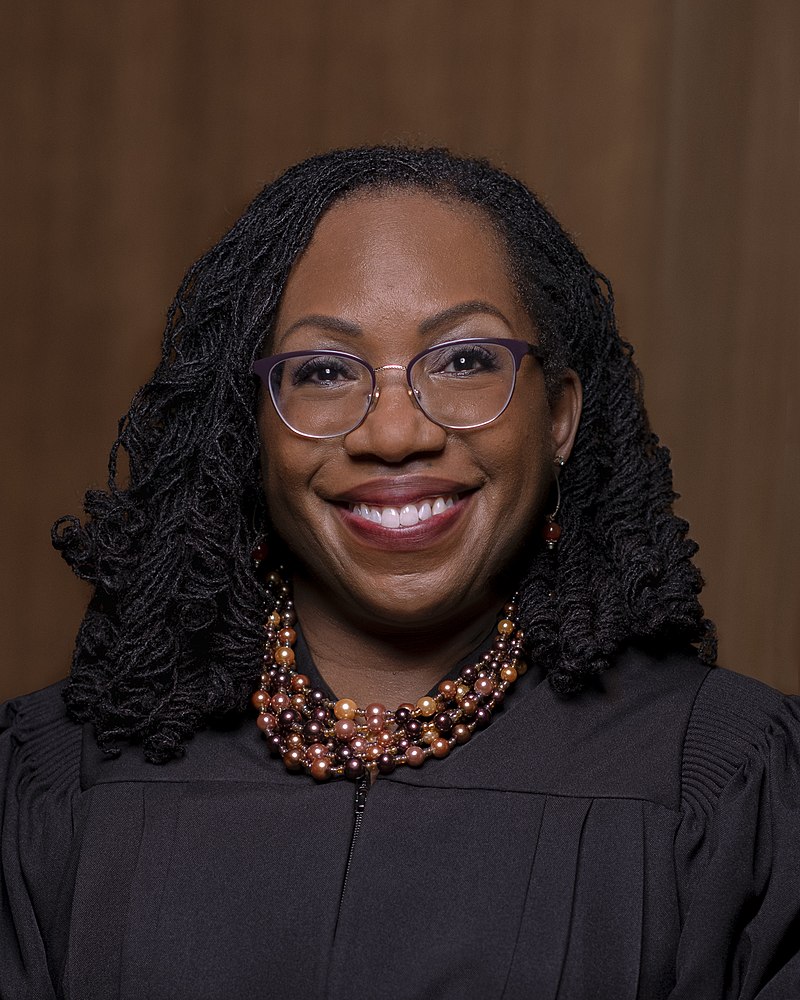
While campaigning for president, Joe Biden promised to appoint a Black woman to the Supreme Court in the event of a vacancy—when Judge Stephen Breyer announced his retirement,[14]Administration of Joseph R. Biden, Jr., 2022 Remarks on the Retirement of Supreme Court Associate Justice Stephen G. Breyer , Daily Comp. Pres. Docs. 1 (2022). This document can be found in HeinOnline’s Federal Register Library. Biden nominated Jackson to replace him. You can learn more about her and some of her notable cases in this blog post.
Because I am a woman, because I’m a Black woman… [W]e want, I think, as a country for everyone to believe that they can do things like sit on the Supreme Court. And so, having meaningful numbers of women and people of color, I think, matters… it supports public confidence in the judiciary.
Honor Women’s History Month with Women and the Law
HeinOnline’s Women and the Law database is a unique collection of books, biographies, and periodicals dedicated to the discussion of women’s rights over the past centuries, covering hot topics such as abortion, the education of women, women in the workforce, and more. Containing more than 4,200 titles and 1.2 million pages, it allows users to research the progression of gender equality—and what better time to dive into this collection than Women’s History Month?
HeinOnline Sources[+]
| ↑1 | Anna Blackburne-Rigsby, Black Women Judges: The Historical Journey of Black Women to the Nation’s Highest Courts, 53 HOWARD L.J. 645 (2010). This article can be found in HeinOnline’s Law Journal Library. |
|---|---|
| ↑2 | Anna Blackburne-Rigsby, Black Women Judges: The Historical Journey of Black Women to the Nation’s Highest Courts, 53 HOWARD L.J. 645 (2010). This article can be found in HeinOnline’s Law Journal Library. |
| ↑3 | Patria Frias-Colon & Irwin Weiss, Judge Jane Bolin: Ahead of the Times, Part II: A Look at Her Child Support Cases, 55 FAM. L.Q. 281 (2021). This article can be found in HeinOnline’s Law Journal Library. |
| ↑4 | Grutter v. Bollinger et al. , 539 U.S. 306, 395 (2003). This case can be found in HeinOnline’s U.S. Supreme Court Library. |
| ↑5 | Bush et al. v. Gore et al. , 531 U.S. 98, 158 (2000). This case can be found in HeinOnline’s U.S. Supreme Court Library. |
| ↑6 | Planned Parenthood of Southeastern Pennsylvania et al. v. Casey, Governor of Pennsylvania, et al, 505 U.S. 833, 1002 (1992). This case can be found in HeinOnline’s U.S. Supreme Court Library. |
| ↑7 | Tobe Liebert. Supreme Court of the U.S. Hearings and Reports on Successful and Unsuccessful Nominations of Supreme Court Justices by the Senate Judiciary Committee. This document can be found in HeinOnline’s History of Supreme Court Nominations database. |
| ↑8 | J.D.B. v. North Carolina, 564 U.S. 261, 298 (2011). This case can be found in HeinOnline’s U.S. Supreme Court Library. |
| ↑9 | 21-463 U.S. Reports 1 (2021) Whole Woman’s Health et al. v. Jackson, Judge, District Court of Texas, 114th District, et al. This case can be found in HeinOnline’s U.S. Supreme Court Library. |
| ↑10 | Nathan Carpenter, The Ad Hoc Federal Crime of Terrorism: Why Congress Needs to Amend the Statute to Adequately Address Domestic Extremism, 92 ST. JOHN’s L. REV. 393 (2018). This article can be found in HeinOnline’s Law Journal Library. |
| ↑11 | Adam J. Smith, Police Reform through Section 1983, 43 N. ILL. U. L. REV. 51 (2022). This article can be found in HeinOnline’s Law Journal Library. |
| ↑12 | I (2018) Confirmation Hearing on the Nomination of Hon. Loretta E. Lynch to Be Attorney General of the United Sates: Hearing before the Committee on the Judiciary, United States Senate, One Hundred Fourteenth Congress, First Session. This document can be found in HeinOnline’s U.S. Congressional Documents database. |
| ↑13 | 152 J. Exec. Proc. S. U.S. 25 (2010). This document can be found in HeinOnline’s U.S. Congressional Documents database. |
| ↑14 | Administration of Joseph R. Biden, Jr., 2022 Remarks on the Retirement of Supreme Court Associate Justice Stephen G. Breyer , Daily Comp. Pres. Docs. 1 (2022). This document can be found in HeinOnline’s Federal Register Library. |



